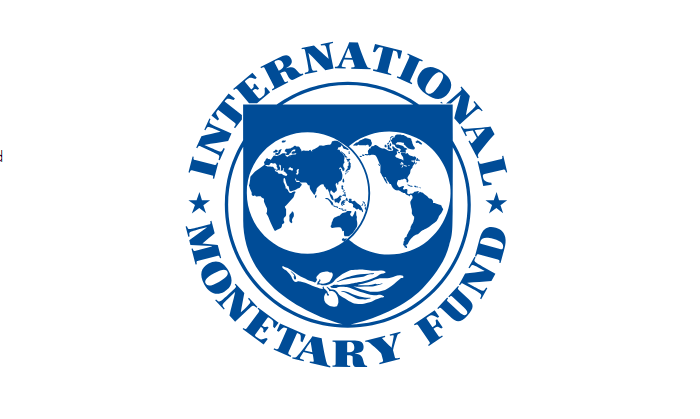BAKU, Azerbaijan, October 30. Regional integration in the Central Asia and South Caucasus needs to be accelerated to attract investors, Jihad Azour, Director of the Middle East and Central Asia Department at the International Monetary Fund (IMF), said during an online briefing, Trend reports.
“The region has, over the last few years, shown strong performance despite the challenges, successive shocks that the region has to deal with, starting from the COVID-19 shock back in 2020-2021, and then that was followed by the war between Russia and Ukraine, which was a major geopolitical development and the volatility we saw in the oil markets, especially for the oil exporting countries in the Caucasus and Central Asia,” he said.
Azour noted that over the last few years, there was strong performance across the world in terms of economic growth, driven by several reasons.
“One is related to the increased amount of transfers, remittances, capital flows, also people moving to work from Central Asia and Caucasus countries. In addition to that, the capacity of the region to withstand those various shocks and to increase the level of regional cooperation was another element that brought additional growth.
Better than expected performance came especially recently with an increase in inflation. And inflation risk requires from countries to take the necessary measures to address that,” he said.
Azour pointed out that the second question is that the resilience that we saw in the last few years needs to be strengthened in a context of increased level of uncertainty globally.
“The best way to address issues is to strengthen the macroeconomic fundamentals by keeping inflation under control, addressing issues that could emerge because of trade tensions.
The lag effect of trade measures could hit countries with some time. And therefore, maintaining the right fiscal policy in order to keep fiscal under control is an important way to supplement or to complement measures to preserve macroeconomic stability. In terms of regional investment potential, of course, the world is going through a series of shocks that are changing the way global trade and global integration is taking shape.
This has led to additional trade tensions, fragmentation, and also allowed countries who in the past were maybe bypassed by the global trade highways to become now more or to play the role of connectors. How to strengthen this? There are three levels of actions. One on the infrastructure level. Keep investing in infrastructure in order to strengthen connectivity. Road, railroads, highways, ports, electricity, all what could increase the connection between countries in the region in terms of infrastructure,” he said.
Azour noted that the second layer that is an important one, is how to harmonize regulations that would allow countries in the region to improve and reduce, to improve their productivity and reduce also the time spent and the cost of shipping goods or transporting goods from one point to another.
“Therefore, investing in regional infrastructure, harmonizing rules and regulations, and the third layer is to improve business environment. Improving business environment would also provide opportunity for the private sector to expand on this backdrop of potentially growing economies in the region. The last element is to accelerate regional integration by creating one common market that could also attract opportunities for investors from abroad to come to the region,” he added.







